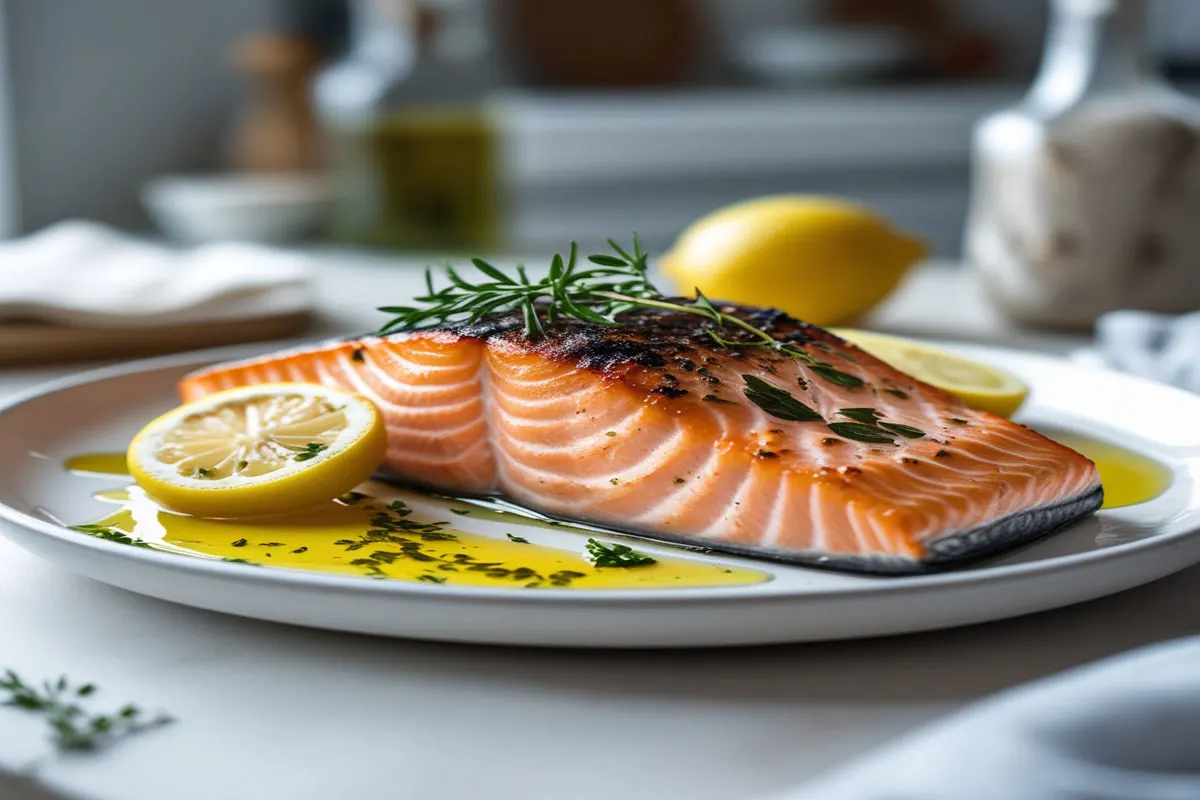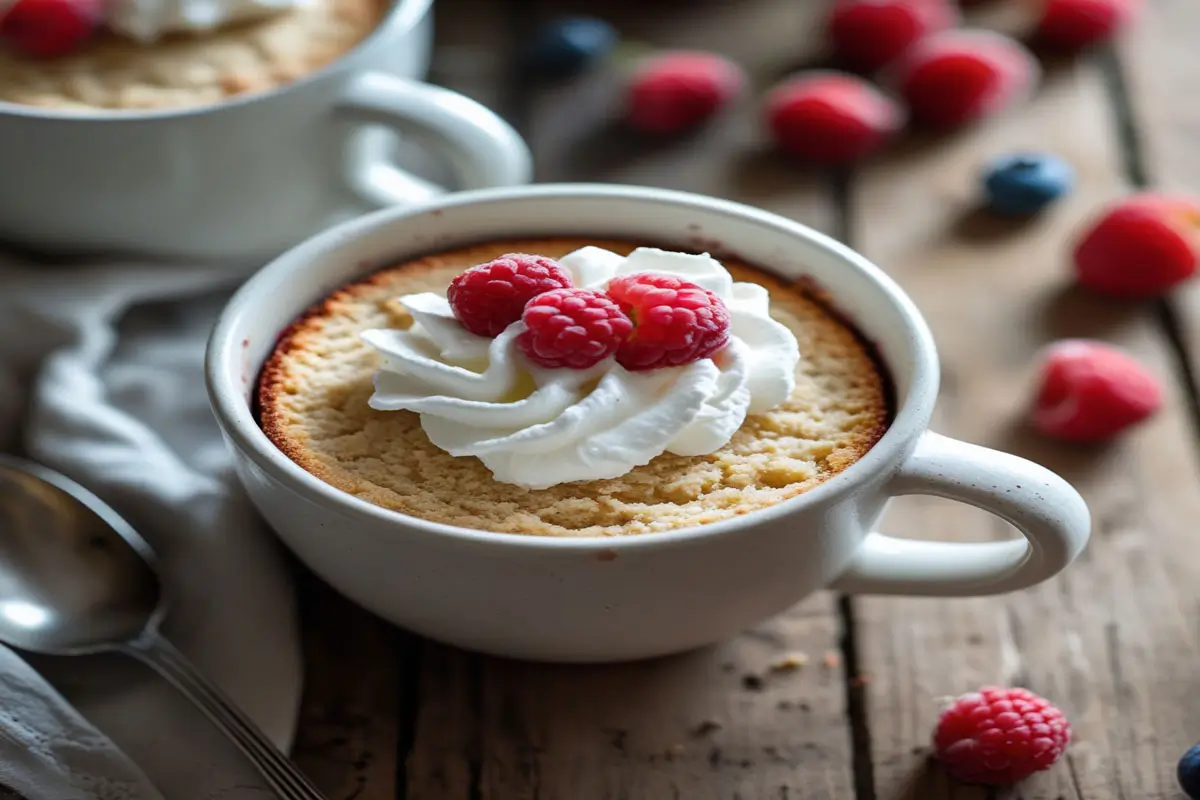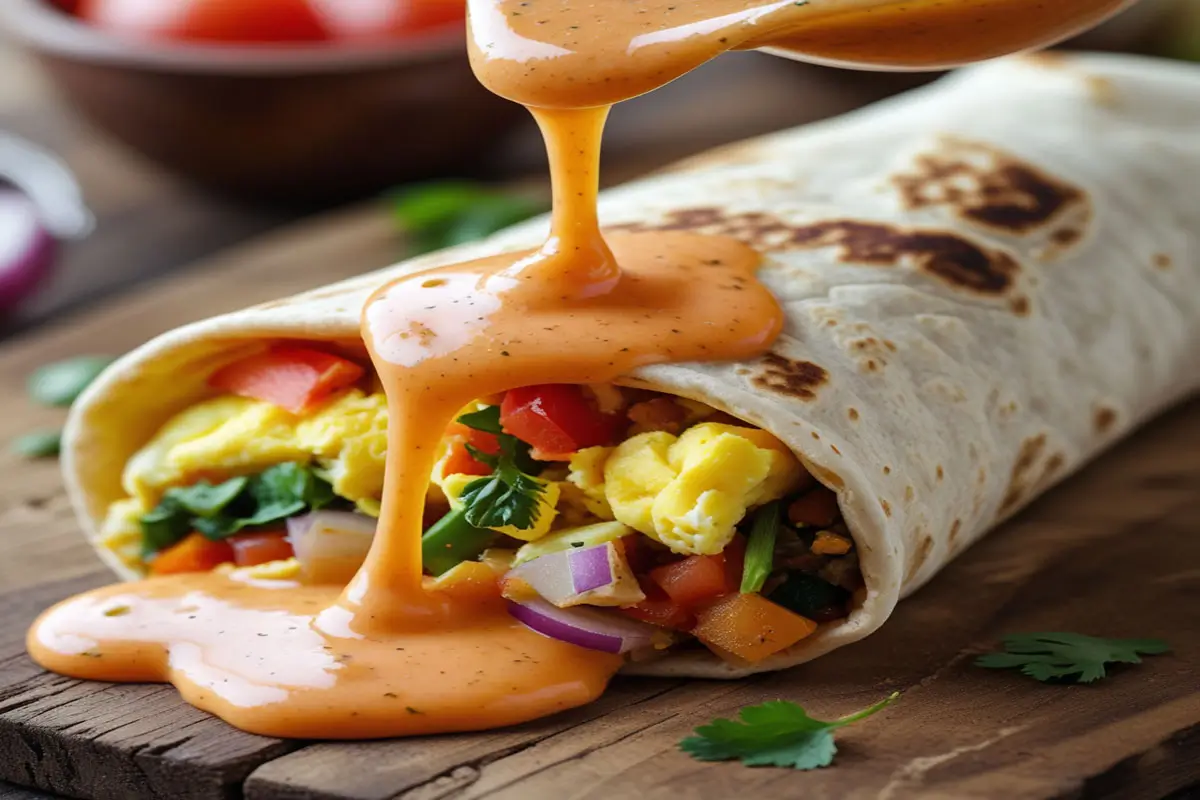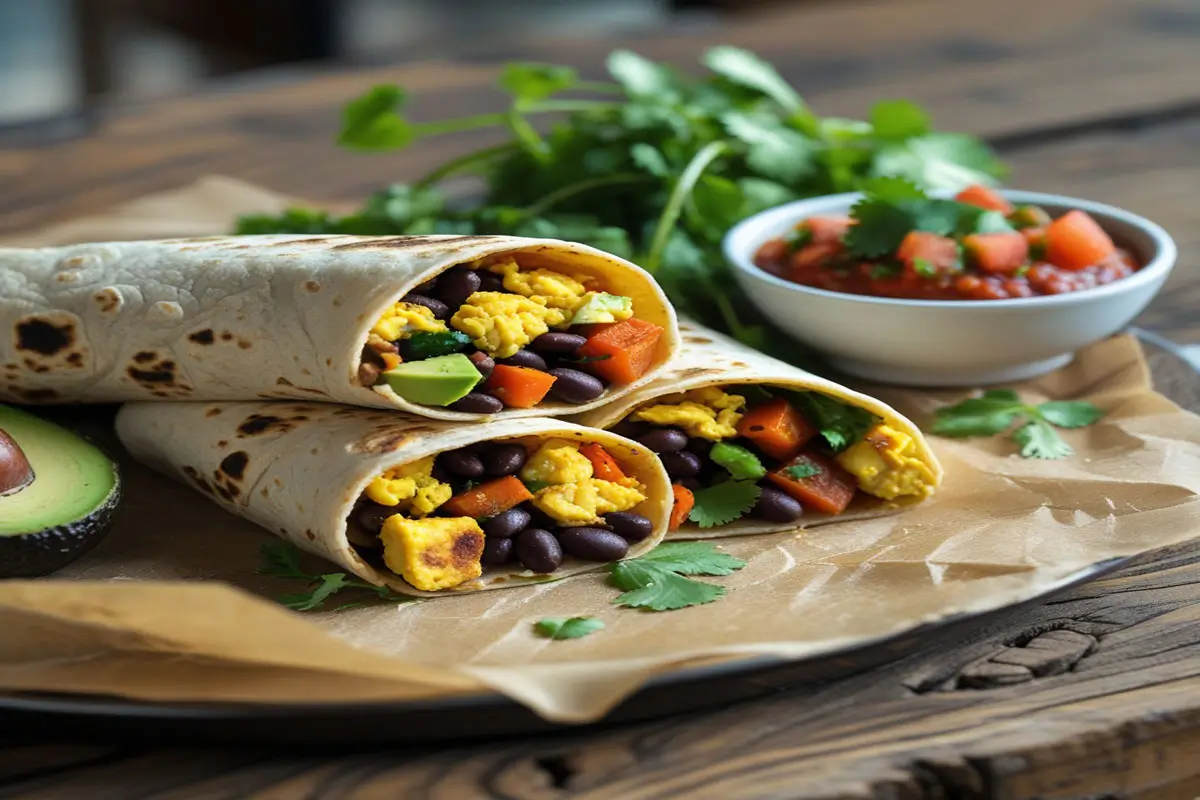Faroe Island salmon is renowned for its premium quality, delicious flavor, and health benefits. Sourced from the pristine waters of the Faroe Islands, this type of salmon has become a favorite among food lovers worldwide. Whether you’re looking for a nutritious meal or an ingredient that elevates your dishes, Faroe Island salmon provides both taste and sustainability. This article explores the unique qualities, raising methods, health benefits, cooking tips, and storage practices associated with Faroe Island salmon. By the end of this article, you’ll understand why it stands out in the world of seafood.
Table of Contents
The Unique Qualities of Faroe Island Salmon
Faroe Island salmon has distinct characteristics that set it apart from other types of salmon. Raised in an environment where natural conditions support growth and quality, this fish offers a rich, buttery flavor with a smooth texture. Here’s why it stands out:
- Raised in clean, cold waters—the Faroe Islands’ waters are renowned for their purity, creating an ideal habitat for salmon to thrive.
- Sustainability and quality—rigorous farming methods ensure every fish is of the highest standard, making it both a healthy and ethical choice.
- Superior fat content—this salmon is often praised for its rich, fatty flesh, a key indicator of both taste and nutritional value.
These unique traits make it a versatile option, perfect for both everyday meals and gourmet dishes.
How Faroe Island Salmon is Raised for Superior Quality
The quality of this salmon begins long before it reaches your plate. The method of raising the fish plays a critical role in ensuring it maintains its exceptional flavor and nutritional value. Here’s an overview of the process:
- Wild-Capture and Hatcheries: The initial breeding is done in controlled hatcheries, where the fish are raised to a juvenile stage.
- Natural Ocean Conditions: As the salmon mature, they are transferred to the cold, nutrient-rich waters surrounding the Faroe Islands, where they experience minimal human intervention.
- Health Monitoring: Regular health checks and optimal feeding conditions help prevent diseases and maintain the fish’s overall well-being.
- Sustainable Farming Techniques: Unlike other farming methods, the Faroe Islands use cutting-edge practices that reduce environmental impact while ensuring fish health.
These methods ensure that each fish is of superior quality, providing both flavor and sustainability.
The Health Benefits of Eating Faroe Island Salmon
Faroe Island salmon is more than just a tasty seafood option; it offers numerous health benefits that make it an excellent choice for a balanced diet. Packed with essential nutrients, this fish can improve your overall health. Here are some key benefits:
- Omega-3 Fatty Acids: Rich in these heart-healthy fats, the salmon supports brain function, reduces inflammation, and improves cardiovascular health.
- High-Quality Protein: Each serving of this fish provides a significant amount of lean protein, which is essential for muscle repair and growth.
- Vitamins and Minerals: It’s also a great source of vitamin D, vitamin B12, selenium, and iodine, contributing to strong bones, immune support, and thyroid function.
- Low in Contaminants: Due to the clean waters in which it’s raised, this salmon tends to have lower levels of contaminants like mercury, making it a safer option compared to other fish.
Consuming this salmon regularly can improve overall health, particularly heart health, and may even lower the risk of chronic diseases.
Sustainable Fishing Practices of Faroe Island Salmon
One of the standout qualities of this salmon is the commitment to sustainability. The farming methods used in the Faroe Islands are not only environmentally friendly but also ensure that the ecosystem remains balanced. Here are some sustainable practices involved in raising this fish:
- Eco-Friendly Feed: The salmon are fed a diet that includes ingredients sustainably sourced from the ocean, ensuring the health of both the fish and the surrounding environment.
- Fish Welfare: The well-being of the fish is a priority, with low-density farms that allow each fish to grow in a natural environment, reducing stress.
- Ocean Management: The Faroe Islands have stringent regulations that limit the number of salmon farms and protect surrounding marine life.
- Certifications: Many of the farms producing this fish hold certifications from reputable organizations, ensuring that they adhere to high environmental and ethical standards.
These practices ensure that this salmon is both a delicious and environmentally responsible choice.
How to Cook Faroe Island Salmon to Perfection
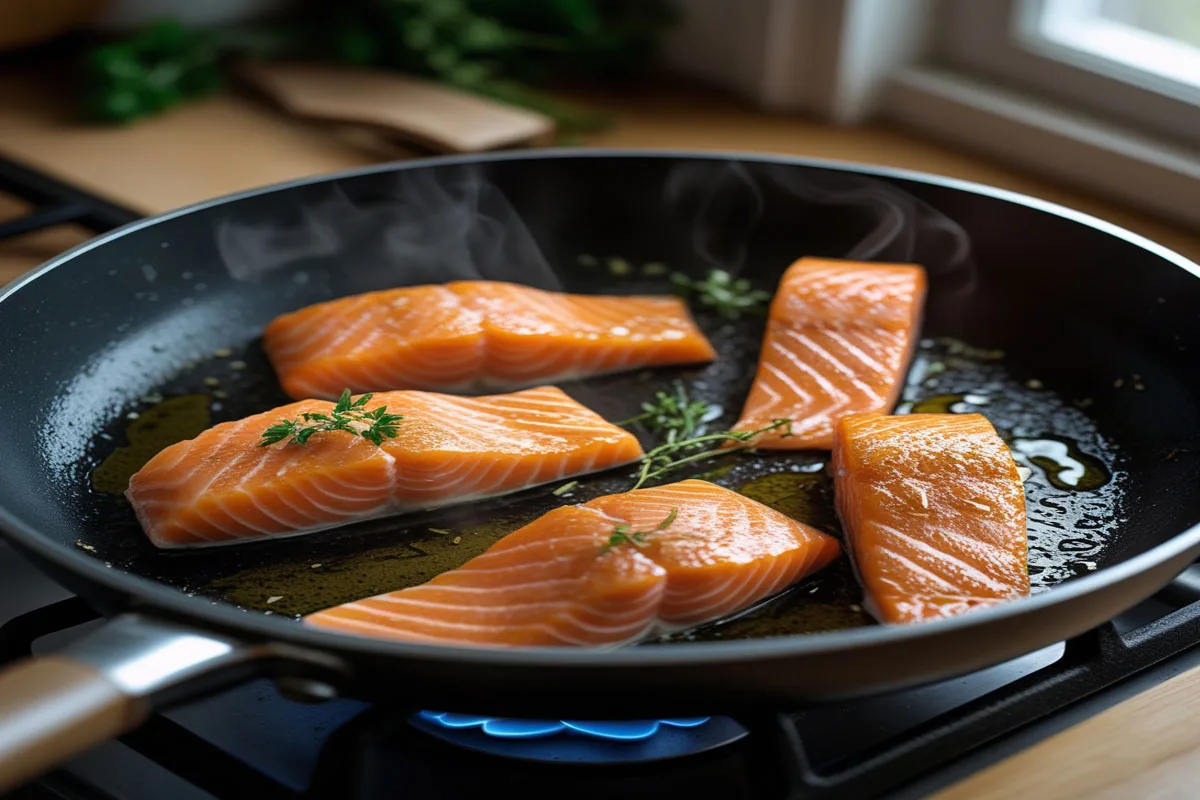
Cooking Faroe Island salmon can be easy and rewarding, especially when you know the right techniques. Here are some tips on how to prepare this flavorful fish:
- Grilling: Grilling gives the salmon a slightly smoky flavor while maintaining its moistness. Ensure that the grill is preheated, and brush the salmon with olive oil to prevent sticking.
- Pan-Seared: This method ensures a crispy crust while keeping the inside tender. Sear the skin side first for best results.
- Baking: Baking Faroe Island salmon in foil with herbs and lemon slices results in a flavorful, aromatic dish that is both healthy and easy to make.
These cooking methods preserve the fish’s natural flavors and maintain its nutrient-rich qualities.
Step by Step Guide to Preparing Faroe Island Salmon
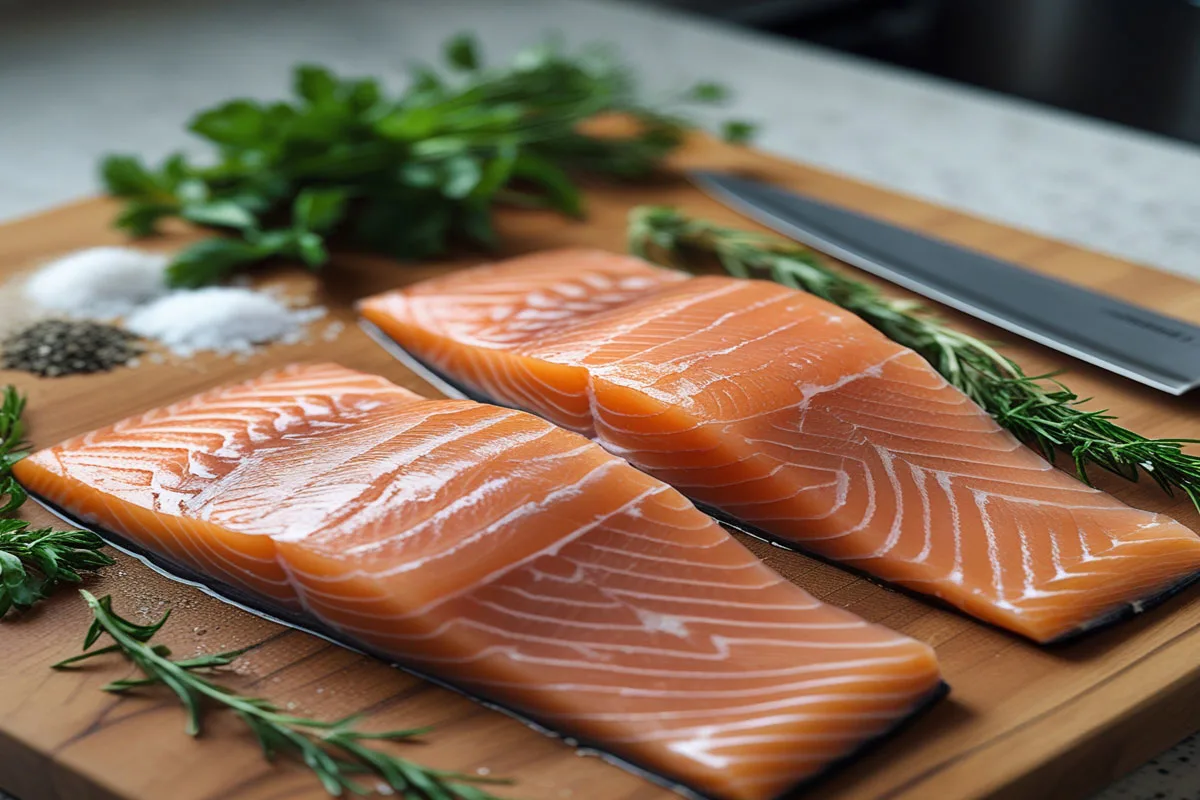
Choosing the Right Cut of Faroe Island Salmon
Before you start cooking, it’s essential to choose the right cut of Faroe Island salmon. The most common cuts are:
- Fillet: A boneless, skinless cut that is easy to cook and versatile.
- Steak: Thicker and with bones, steak cuts are ideal for grilling or pan-searing.
- Whole Salmon: The entire fish, perfect for roasting or grilling and serving family-style.
When selecting, look for fresh, vibrant salmon with firm flesh. The color should be a deep red to pink, indicating optimal freshness.
Preparing the Salmon for Cooking
Once you have your cut, preparation is key:
- Thawing: If you are using frozen salmon, thaw it in the refrigerator overnight. Avoid thawing it at room temperature to maintain freshness.
- Seasoning: Keep it simple with olive oil, salt, pepper, and lemon, or opt for more complex marinades.
- Skin Removal: If you prefer to remove the skin, do so with a sharp knife. Alternatively, you can cook the salmon with the skin on to add flavor and texture.
Preparation is vital to ensuring that your salmon cooks evenly and retains its rich flavor.
The Best Storage Practices for Faroe Island Salmon
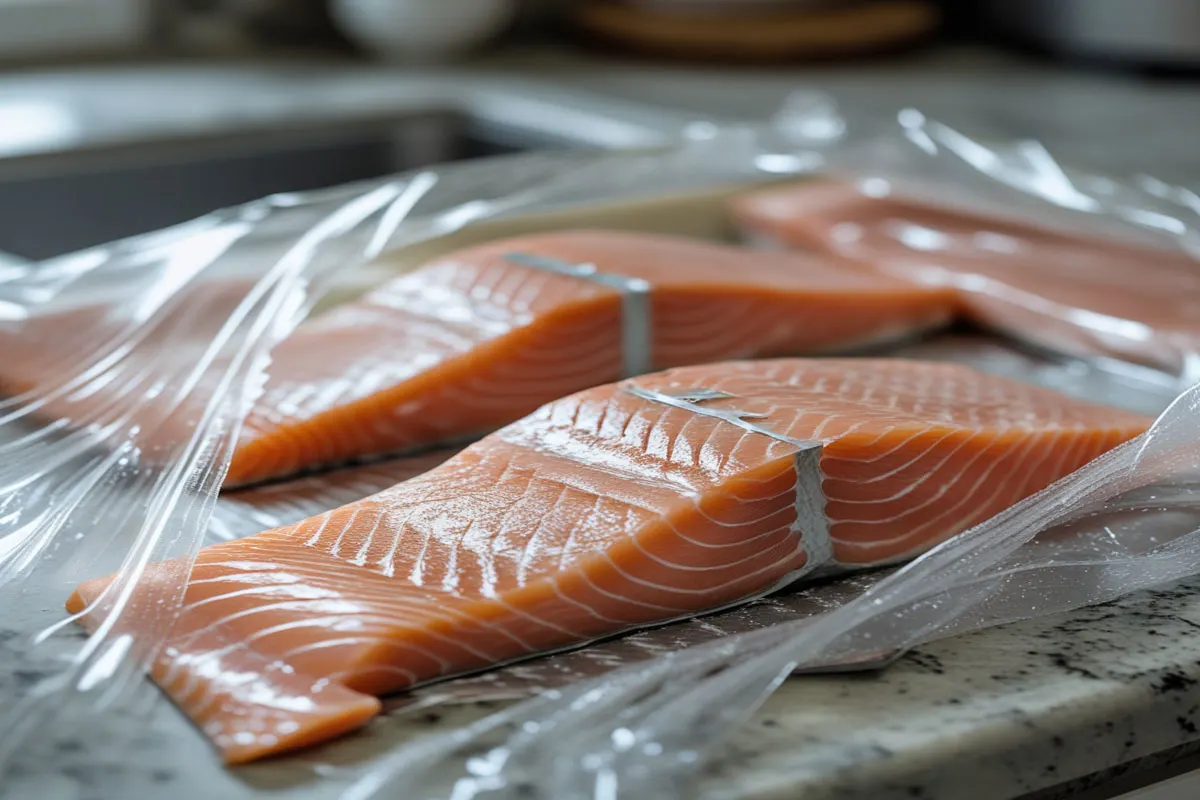
To keep your Faroe Island salmon fresh and safe for consumption, proper storage is crucial.
Proper Freezing Techniques for Salmon
Freezing Faroe Island salmon can extend its shelf life. Here’s how to do it correctly:
- Wrap tightly: Use plastic wrap or aluminum foil to wrap the salmon before placing it in an airtight container or freezer bag.
- Label and Date: Always label your salmon with the date it was frozen so you can track freshness.
- Freeze Quickly: Place the salmon in the coldest part of the freezer immediately after wrapping to maintain its quality.
By following these steps, your salmon can remain fresh for up to 6 months.
How to Thaw Faroe Island Salmon Safely
To safely thaw Faroe Island salmon:
- Refrigerator Thawing: Place the salmon in the fridge overnight for a slow, safe thaw.
- Cold Water Thawing: For quicker thawing, place the sealed salmon in cold water for about 1 hour.
Avoid thawing at room temperature to prevent bacterial growth and ensure the fish retains its quality.
If you love comfort food, try this Ramen Roast Chicken Flavor Packets and add a side of Goose Cheese for extra flavor.
Why Faroe Island Salmon is a Popular Choice for Gourmet Meals
Chefs and home cooks alike prefer Faroe Island salmon for its versatility and premium quality. The rich, buttery texture pairs well with a variety of cooking techniques and ingredients. Some reasons it’s favored include:
- Superior Taste: Its flavor is unmatched, with a delicate balance of sweetness and richness.
- Aesthetic Appeal: The vibrant pink color of Faroe Island salmon makes it an appealing addition to any dish.
- Gourmet Pairings: Whether served with a simple garnish or in an elaborate dish, Faroe Island salmon complements a wide range of flavors, from fresh herbs to tangy citrus.
Its popularity in high-end restaurants is due to these qualities, making it a go-to for chefs crafting extraordinary seafood dishes.
Frequently Asked Questions :
Is salmon from Faroe Islands good?
Yes, Faroe Island salmon is considered to be of exceptional quality. Raised in the clean, cold waters surrounding the Faroe Islands, this salmon is known for its rich flavor, buttery texture, and sustainable farming practices. The pristine environment, combined with advanced aquaculture methods, ensures that the fish is both delicious and nutritious. Additionally, Faroe Island salmon is carefully monitored for its health and quality, making it a favorite choice among chefs and consumers alike.
Where is the best salmon in the world?
The best salmon in the world is often considered to be Faroe Island salmon. Its superior quality comes from the unique conditions in which it is raised. The Faroe Islands offer crystal-clear, nutrient-rich waters that are ideal for salmon farming. This results in fish that is not only delicious but also packed with essential nutrients like Omega-3 fatty acids. While other regions like Alaska and Norway also produce high-quality salmon, Faroe Island salmon is frequently recognized for its taste and sustainable practices.
Is Faroe Island salmon considered Atlantic salmon?
Yes, Faroe Island salmon is a type of Atlantic salmon. The salmon species found in the Faroe Islands is the Salmo salar, which is commonly known as Atlantic salmon. This salmon is farmed in the cold, clear waters around the islands and is renowned for its high fat content, smooth texture, and rich flavor. Although farmed, it is raised with a focus on sustainability, making it a healthier and more environmentally friendly option compared to some other types of farmed fish.
What kind of salmon is in Faroe Island?
Faroe Island salmon is primarily Atlantic salmon (Salmo salar). This species is farmed in the waters surrounding the Faroe Islands under strict environmental standards. The fish are known for their premium quality, which is a result of the ideal farming conditions in the cold, clean waters. Faroe Island salmon is rich in Omega-3 fatty acids and has a buttery texture that makes it a favorite among consumers worldwide.
Conclusion: Enjoy Faroe Island Salmon for a Healthier, Sustainable Choice
Faroe Island salmon offers a perfect balance of flavor, nutrition, and sustainability. From its raised conditions to its health benefits, cooking versatility, and environmentally conscious farming practices, it stands out as a top-tier choice for anyone looking to enjoy delicious and responsible seafood. Whether you’re preparing it for a family lunch or a gourmet meal, Faroe Island salmon delivers quality that will impress. By choosing Faroe Island salmon, you not only enjoy a delectable meal but also support sustainable practices that help protect our oceans. Make Faroe Island salmon your go-to choice for both taste and health.

